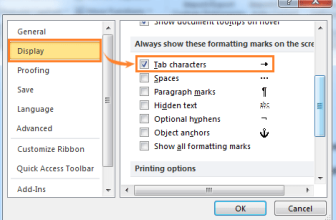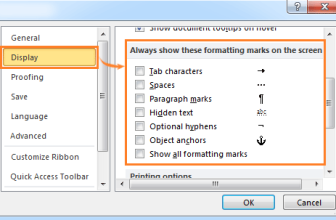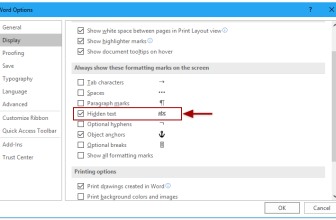
Excel: Demystifying Formula vs Function
In the realm of Excel, the terms ‘Formula’ and ‘Function’ often get tossed around interchangeably, leading to confusion among users. While this might not be problematic in most scenarios, gaining a clear understanding of the distinction between a Demystifying formula and a function in Excel can be beneficial.
Demystifying Formula in Excel: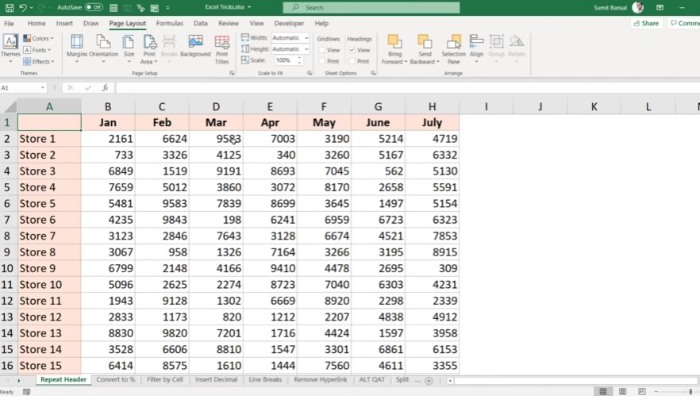
A formula in Excel is any equation initiated with an equal-to sign (=) in a cell, followed by cell references, operators, or numbers. Essentially, it’s the expression you input into a cell to perform calculations. Here are some examples:
=1+2: A straightforward addition formula using numbers and an arithmetic operator.
=A1+D3: Utilizing cell references to add the values from specified cells.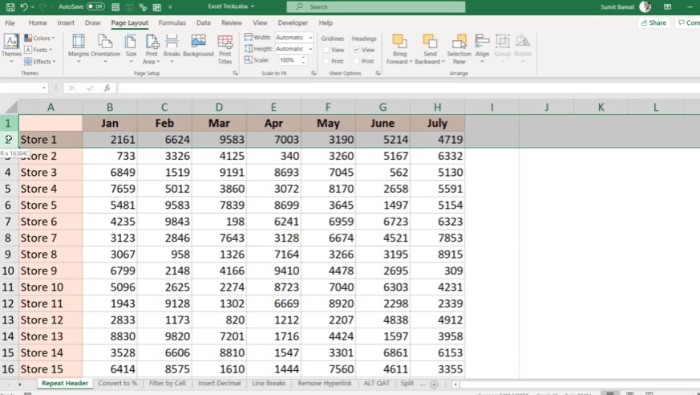
=SUM(A1:A10): Employing the SUM function to calculate the sum of values in a given range.
Advanced Excel Tip: While starting a formula with an equal-to sign is the norm, you can also use a plus sign (+). However, sticking to the equal-to sign is recommended to avoid confusion.
Function in Excel: 
A function, on the other hand, is a pre-defined formula in Excel with a specific syntax that takes arguments as input and yields a result. One such example is the SUM function, which can sum multiple values, cell references, or ranges. Unlike a Demystifying formula, a cell can have only one Demystifying formula, but that formula can consist of multiple functions.
Example:
=SUM(A1:A10) + AVERAGE(A1:A10): This Demystifying formula combines two functions (SUM and AVERAGE) to provide a result by adding the values returned by each function.
Every Excel function follows a distinct syntax, incorporating mandatory and optional arguments. The expected output data type is also predefined; for instance, the SUM function is designed to return a numeric value, while the TEXT function is expected to yield a text value.
Decoding Excel: Unveiling the Distinction Between Demystifying Formulas and Functions
Now equipped with a comprehensive understanding of the disparity between a formula and a function in Excel, the table below offers a direct comparison, aiding clarity in distinguishing these two elements.
| Formula | Function |
|---|---|
| Anything entered in a cell after an equal sign is considered a formula | A function is a predefined formula that takes multiple arguments and yields a result |
| A cell can only contain one formula | The formula in an Excel cell can incorporate multiple functions |
| A formula may or may not involve functions | If a function is used in an Excel cell, it is always part of the formula |
| A user can create a formula with multiple operators and functions | Functions have predefined syntax, specifying the number of mandatory and optional arguments, as well as the expected argument types |
Having navigated the insights above, it’s evident that Demystifying formulas and functions are distinct entities in Excel. Despite this clarity, you may still encounter instances where these terms are used interchangeably in conversations. Should you witness any such misusage, feel free to graciously correct or direct them to this article for clarification.



